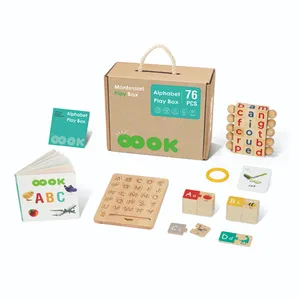Giới thiệu về bàn tính trung quốc
Alibaba.com cung cấp các sản phẩm 5545 bàn tính trung quốc. Có rất nhiều bàn tính trung quốc lựa chọn dành cho bạn, chẳng hạn như 5 để 7 năm, 2 để 4 năm, và 8 để 13 năm. Bạn cũng có thể chọn từ unisex, chàng trai, và nữ bàn tính trung quốc. Cũng như từ gỗ, nhựa, và abs bàn tính trung quốc.Và bất kể bàn tính trung quốc là giảng dạy, mầm non đồ chơi giáo dục, hay chơi.














